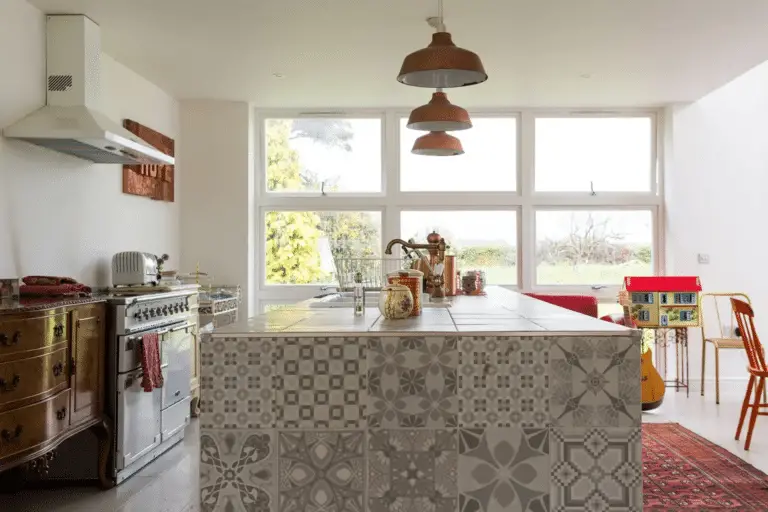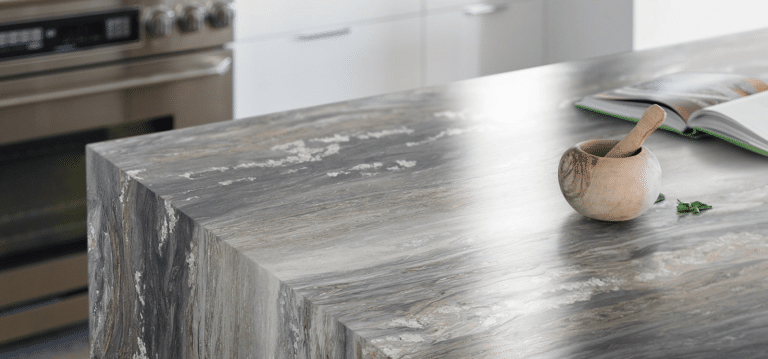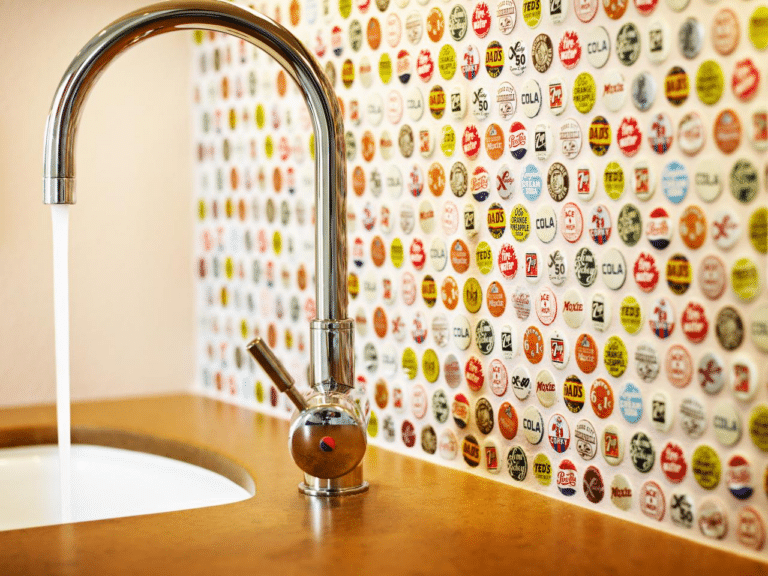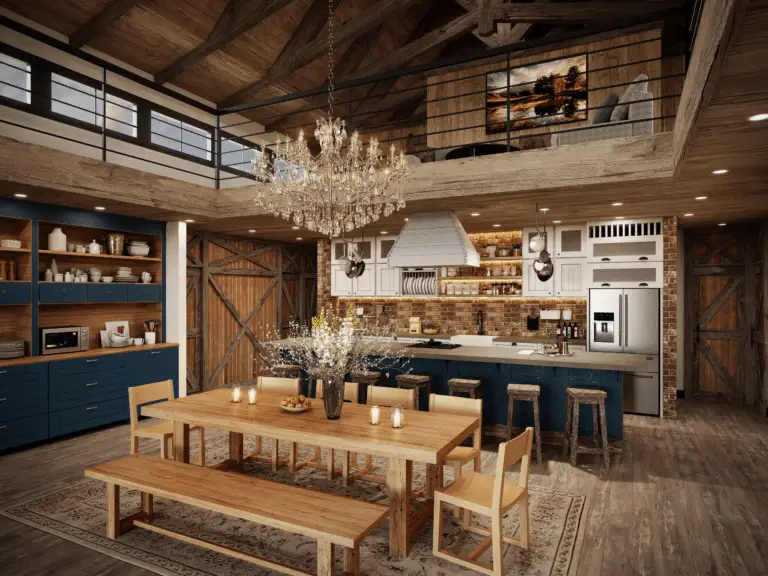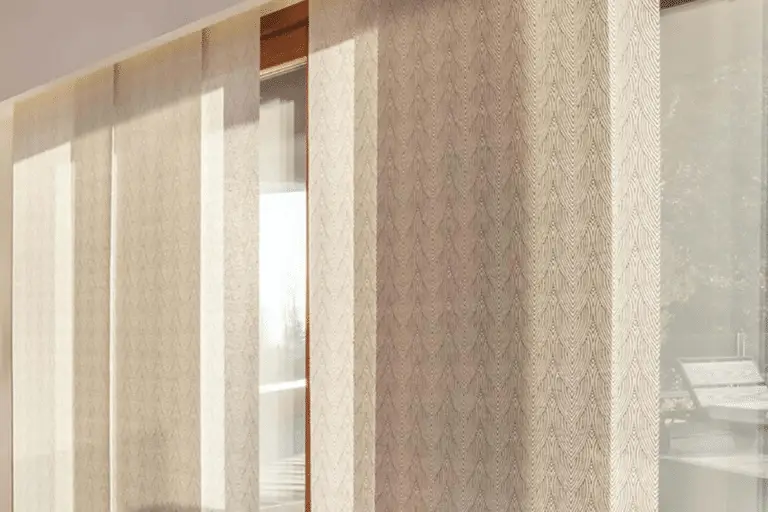Step into the world of minimalist kitchen design and discover the secrets to creating a sleek and clutter-free space. From choosing the right color palette to optimizing storage solutions, this blog post will guide you through the essential tips for achieving a minimalist kitchen aesthetic.
Say goodbye to clutter and hello to clean lines, neutral colors, and an abundance of natural light. Stay tuned for valuable insights on maintaining the minimalist look effortlessly.
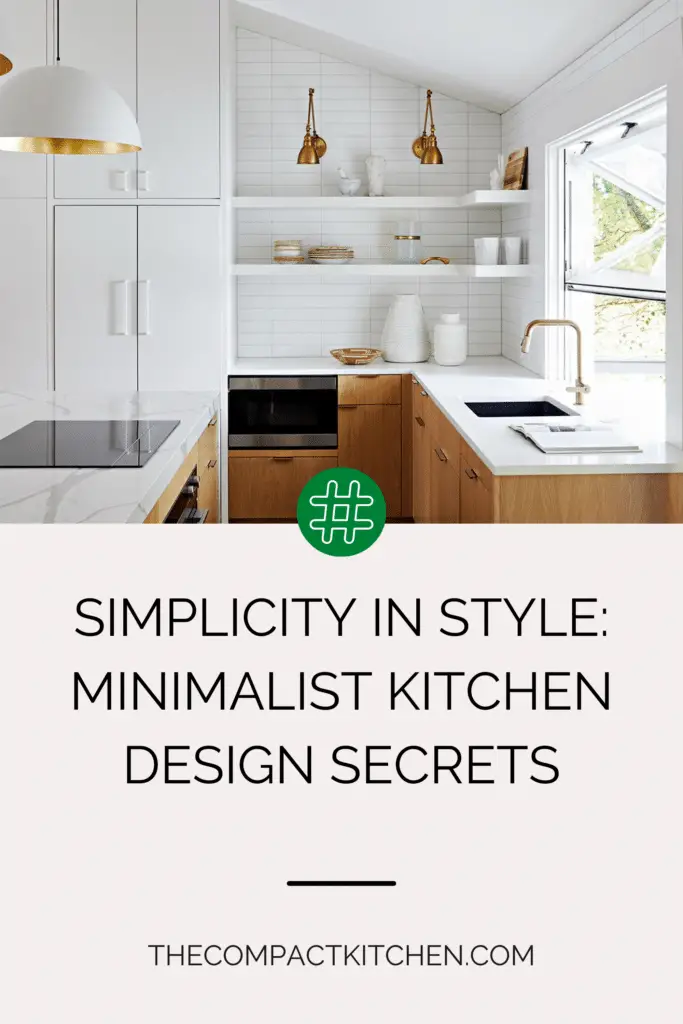
Introduction to Minimalist Kitchen Design

When it comes to creating a sleek and functional kitchen space, minimalist design is a top choice for many homeowners. Embracing the concept of minimalist kitchen design involves simplifying your space to focus on the essentials while eliminating unnecessary clutter. This design aesthetic revolves around clean lines, a neutral color palette, and maximizing natural light to create an open and inviting atmosphere.
Reasons why minimalist design is a popular choice:
1. **Streamlined Look**: Minimalist kitchens offer a clean and streamlined look that promotes a sense of calm and tranquility in your home.
2. **Efficiency**: By focusing on essential items and decluttering regularly, you can make your kitchen more efficient and functional for everyday use.
3. **Timeless Appeal**: Minimalist design is timeless and can adapt to changing trends, ensuring that your kitchen remains stylish for years to come.
4. **Enhanced Inclusiveness**: The simplicity of minimalist design creates a more inclusive and accessible space for all family members to enjoy.
Choosing the Right Minimalist Color Palette
When it comes to achieving the perfect minimalist kitchen design, choosing the right color palette is key. Opting for a neutral color scheme is essential in creating a clean and uncluttered look. Shades of white, beige, grey, and black are popular choices in minimalist kitchens, as they provide a sense of calm and sophistication.

A neutral color palette not only creates a timeless appeal but also has a significant impact on the overall ambiance and spaciousness of the kitchen. Lighter colors tend to reflect more natural light, making the space appear larger and airier. On the other hand, darker hues can add depth and warmth to the room, creating a cozy atmosphere.
Importance of a Neutral Color Palette
The use of a neutral color palette in minimalist kitchen design allows for a seamless integration of different elements. It provides a blank canvas that highlights the beauty of clean lines and simple forms. By keeping the color scheme understated, the focus shifts towards the architectural details and functional aspects of the space.
Moreover, neutral colors have a calming effect on the mind and body. In a busy kitchen environment, a soothing color palette can help create a sense of tranquility and relaxation. This is especially important in minimalist design, where the emphasis is on creating a serene and uncluttered space.
Influence of Color Choices on the Overall Ambiance and Spaciousness
The choice of colors in a minimalist kitchen design can significantly impact the overall ambiance of the space. Lighter colors can make the room feel bright and expansive, while darker tones can add depth and richness. By carefully selecting the right shades, you can enhance the spaciousness of your kitchen and create a harmonious atmosphere.

When deciding on a color palette for your minimalist kitchen, consider the amount of natural light that enters the space. Natural light can interact with different colors in unique ways, so it’s important to test your color choices under various lighting conditions. By taking the time to choose the perfect color palette, you can transform your kitchen into a minimalist haven that exudes style and sophistication.
Optimal Use of Space and Storage
When it comes to designing a minimalist kitchen, prioritizing space and storage is crucial. By strategically utilizing every inch of your kitchen, you can achieve a clutter-free and visually appealing space.
Leveraging space-saving furniture and appliances
One of the key elements of a minimalist kitchen design is the use of space-saving furniture and appliances. Opt for sleek, compact options that not only fit seamlessly into your kitchen but also serve multiple functions. For example, a kitchen island with built-in storage or pull-out shelves can help maximize space without sacrificing style.

Consider investing in appliances that are both practical and aesthetically pleasing. Look for compact versions of essential kitchen gadgets such as an induction cooktop or a slimline refrigerator. These modern appliances not only save space but also add a touch of sophistication to your minimalist kitchen.
Shifting focus on hidden and multifunctional storage
Incorporating hidden and multifunctional storage solutions is another effective way to maintain a clutter-free look in your minimalist kitchen. Opt for cabinets with sleek, handle-less designs to create a seamless appearance. Pull-out pantry shelves, corner cabinets, and under-cabinet storage racks can help you make the most of every nook and cranny in your kitchen.

Consider utilizing vertical wall space by installing floating shelves or hanging racks for pots and pans. This not only frees up valuable counter space but also adds a decorative element to your kitchen. By prioritizing hidden storage and multifunctional furniture, you can create a streamlined and organized kitchen that exudes minimalist charm.
By focusing on optimal use of space and storage in your minimalist kitchen design, you can create a functional and visually pleasing space that embodies the essence of minimalism.
Importance of Clean Lines and Natural Light
When it comes to creating a minimalist kitchen design, clean lines and natural light play a crucial role in achieving the desired aesthetic. The key to a successful minimalist kitchen lies in simplicity and functionality.
Emphasizing Clean Lines
Clean lines are a hallmark of minimalist design. They create a sense of order and organization in the space. Opt for sleek, straight-edged furniture and cabinetry to maintain a cohesive look. Avoid ornate details and intricate patterns that can clutter the visual field.

By incorporating clean lines into your kitchen design, you can create a streamlined and sophisticated look that is both visually appealing and functional. The focus should be on simplicity and efficiency, with every element serving a purpose in the overall design.
Maximizing Natural Light
Natural light is another essential element in minimalist kitchen design. It not only brightens up the space but also creates a feeling of openness and airiness. If possible, maximize the amount of natural light by strategically placing windows or skylights in the kitchen.

In addition to natural light, carefully selected lighting fixtures can enhance the minimalist aesthetics of the kitchen. Opt for fixtures with clean, simple lines that complement the overall design. Avoid cluttering the space with unnecessary lighting elements and instead focus on creating a well-lit, inviting atmosphere.
By emphasizing clean lines and natural light in your minimalist kitchen design, you can create a space that is both visually stunning and highly functional. Remember to keep things simple, declutter regularly, and let natural light illuminate the beauty of your minimalist kitchen.
Maintaining the Minimalist Kitchen Aesthetics
So, you’ve successfully designed your minimalist kitchen with clean lines, a neutral color palette, and optimal use of space. But the work doesn’t stop there. To truly embrace minimalist living, you need to maintain the aesthetics of your kitchen on a daily basis. Here are some tips to help you keep your kitchen looking sleek and clutter-free:
Regular Decluttering
One of the key principles of minimalist design is keeping only what is essential. This means regularly going through your kitchen items and getting rid of anything that doesn’t serve a purpose or bring you joy. Make decluttering a part of your routine to prevent unnecessary items from piling up.
Organization is Key
Keeping your kitchen organized is crucial to maintaining a minimalist look. Invest in storage solutions that allow you to tuck away items when they’re not in use. Utilize drawer dividers, shelf organizers, and pantry bins to keep everything in its place.
Resist the Temptation to Over-Decorate
It can be easy to fall into the trap of adding too many decorative elements to your kitchen, especially if you’re used to a more traditional design. However, in a minimalist kitchen, less is more. Stick to a few carefully curated decorative items that enhance the overall aesthetic without overwhelming the space.
Stick to Essential Items
When it comes to kitchen gadgets and tools, it’s important to only keep what you truly need. Avoid buying single-purpose items that will only take up valuable space. Instead, opt for versatile tools that can serve multiple functions to keep your kitchen streamlined and clutter-free.
Parting Words on Mastering Minimalist Kitchen Design
As you embark on your journey to create the perfect minimalist kitchen, remember that less is truly more. By opting for a neutral color palette, maximizing space usage, and embracing clean lines, you can achieve a sleek and clutter-free look. Let natural light be your best friend and resist the urge to over-decorate. Remember, a minimalist kitchen is not only visually appealing but also functional. Keep these tips in mind, and soon you’ll have a kitchen that exudes simplicity and sophistication.



